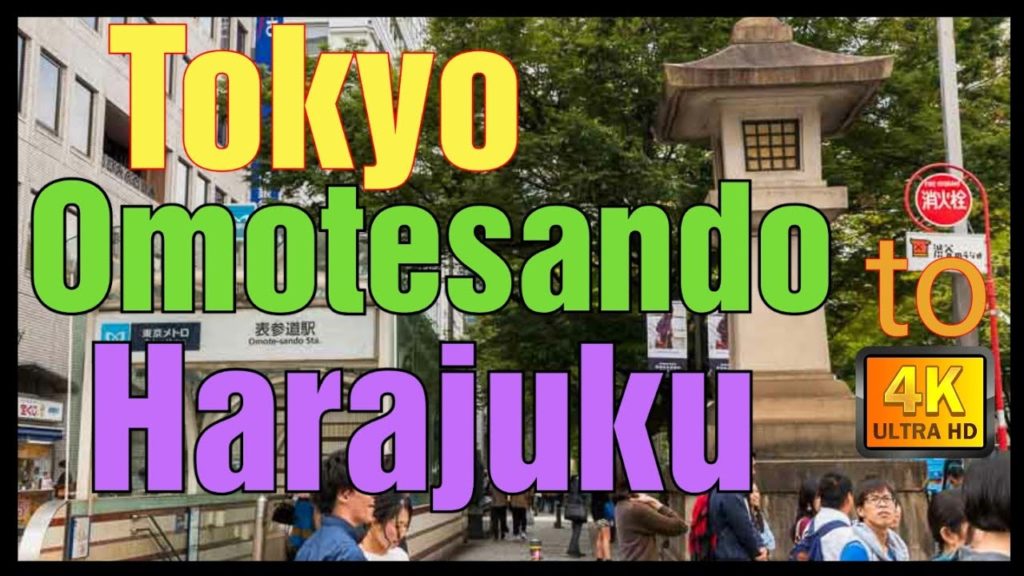【4K】Japan Walk – Tokyo ,Omotesandō (表参道)to Harajuku (原宿),December 2020,#Japan #Tokyo #Omotesandō (表参道)to Harajuku (原宿)
map :
Tokyo’s executive-class area of art, architecture and high fashion
Flanked on three sides by Tokyo’s premier hubs of neon and nightlife—Shibuya, Shinjuku and Roppongi—the streets of Aoyama and Omotesando are cut from slightly more elegant cloth. This is an upper-class area of boutique shopping and sophisticated dining. Flagship stores of major fashion brands rub shoulders on the tree-lined boulevard of Omotesando—Tokyo’s answer to the Champs Élysées—and the backstreets of Aoyama are home to small boutiques and highly acclaimed dining spots. The area offers quiet open spaces of seasonal color such as Meiji Jingu Gaien and Aoyama Cemetery, as well as a host of architectural and artistic highlights.
Harajuku (原宿) refers to the area around Tokyo’s Harajuku Station, which is between Shinjuku and Shibuya on the Yamanote Line. It is the center of Japan’s most extreme teenage cultures and fashion styles, but also offers shopping for adults and some historic sights.
The focal point of Harajuku’s teenage culture is Takeshita Dori (Takeshita Street) and its side streets, which are lined by many trendy shops, fashion boutiques, used clothes stores, crepe stands and fast food outlets geared towards the fashion and trend conscious teens.
Just south of Takeshita Dori and over twice its length is Omotesando, a broad, tree lined avenue sometimes referred to as Tokyo’s Champs-Elysees. Here you can find famous brand name shops, cafes and restaurants for a more adult clientele. The stylish Omotesando Hills complex was opened in 2006 and targets fashion conscious urbanites in their 30s and 40s, while Kiddy Land has hundreds of unique toys for kids of all ages.
Harajuku is not only about teenage culture and shopping. Meiji Jingu, one of Tokyo’s major shrines, is located just west of the railway tracks in a large green oasis shared with the spacious Yoyogi Park. Beautiful ukiyo-e paintings are exhibited in the small Ota Memorial Museum of Art, and the Nezu Museum has an impressive collection of various Asian art as well as a traditional Japanese garden.


AloJapan.com